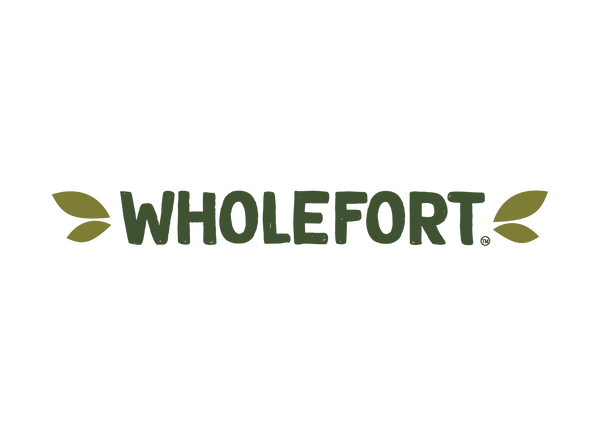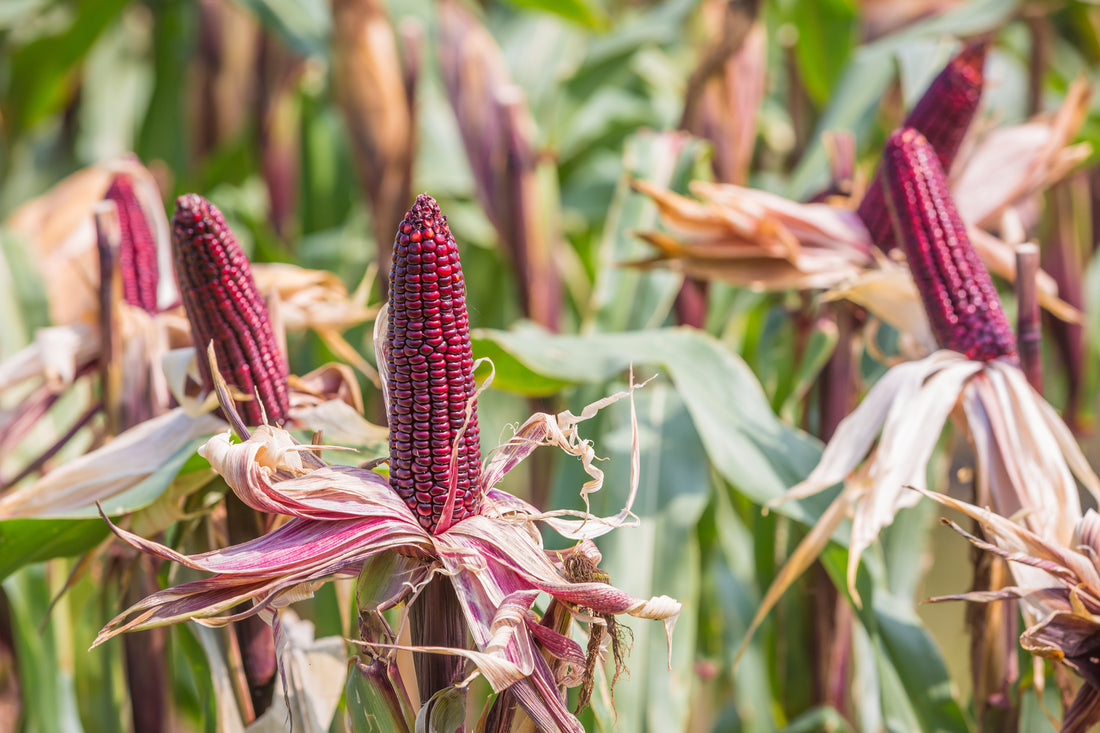Antioxidants are molecules that help our body to fight against inflammation (cell damage). Naturally occurring antioxidants can be obtained in two ways: by diet or synthesized by our own body.
The molecule produced by our bodies with antioxidant properties is called Glutathione (GSH). GSH is present on a daily basis to help our body face off the everyday stress of external factors like UV light, pollution, smoke and other mediators of inflammation.
The aim of this post is to focus on the dietary intake of antioxidants and how it can aid you to reduce the risk of inflammation, helping your body not to fight alone.

DIET AND ANTIOXIDANTS
Diets high in vegetables and fruits are good sources of antioxidants, examples of these include vitamins C and E, selenium, and carotenoids (members of the Vitamin A family).

There is good evidence that people who eat a diet that includes plenty of vegetables and fruits have a lower risk of developing chronic diseases like the ones mentioned above [1]; however, diet is not the only factor to reduce this risk, science is showing it is a very important one.
ARE ALL ANTIOXIDANTS THE SAME?
Antioxidants we get from food vary in composition, effects, bioactivity, potency, speed of action, the capacity to trap more or less damaging particles and so on. There can be great differences between them. We can classify them into three categories according to their antioxidant activity.
Minerals (low antioxidant activity):
Minerals are required for the proper functioning of our cells; a deficiency (low intake from the diet) will alter our health balance. Minerals with the most antioxidant activity include iron, zinc, and magnesium [2] as they help GSH to stay active. Examples of food high in those minerals include red meat (high in iron) and seafood like shrimps and oysters (high in zinc and magnesium).
Vitamins (mild antioxidant activity):
Vitamins as minerals, are essential micronutrients, meaning that our bodies can’t synthesize them; they must be taken from the diet. The main vitamins with mild antioxidant activity include vitamin A, vitamin C, vitamin E, and vitamin B [3] as they all help in conjunction with proper cell development and integrity. Examples of foods high in those vitamins include carrots (high in Vitamin A), oranges and tomatoes (high in Vitamin C) vegetable oils like nuts (high in Vitamin E) and animal-based sources like eggs and chicken (high in all Vitamins B).
Polyphenols (highest antioxidant activity):
Polyphenols (PP) is the name given to all the classes of phytochemicals (chemical compounds from plant origin) that possess marked antioxidant activities. PP elicit bitterness, astringency, color, flavor, and odor in food.
Their antioxidant activity depends on their chemical properties, and molecular structures [4]. For instance, anthocyanins are the main PPs that give fruit and vegetables its natural pigmentation in a plethora of shades of blue, purple, violet, and red.. Of all the classes of PPs, anthocyanins are the ones with the highest antioxidant activity.
BETTER THAN BLUEBERRIES? YES, PERUVIAN PURPLE CORN!
In a previous post, we discussed the powerful antioxidant activity of Peruvian purple corn. In the past, literature used to elicit blueberries as the ultimate antioxidant source because of its deep blueish color t It wasn’t until 2003 that scientist researcher Ceballos at the renowned Horticultural Sciences Department of Texas A&M University found that the anthocyanin content in Peruvian purple corn is in average 16.4 mg/gr, which is much higher than the content found in blueberries of only1.3 to 3.8 mg/g, [5].

This measurement places the Peruvian maize 4 times more antioxidant power than the once claimed best antioxidant food source, blueberries. Even more, in the study, it was firmly established, that Peruvian purple corn had up to four times the amount of the powerful antioxidant anthocyanin, but it had a higher stoichiometric capacity, which means, that Peruvian purple corn, begins to trap damaging radicals much faster than blueberry. So, it traps them not only in much more quantities but does it faster, giving them less opportunity to cause damage.
Now that we have established what an antioxidant is and how Peruvian Purple Corn is of the best dietary source of antioxidants, we need to talk about what leads to inflammation and how dietary antioxidants help to reduce the risk of it.
ABOUT FREE RADICALS AND ANTIOXIDANTS
Free radicals are unstable molecules, at the atomic level, electrons bond in pairs, when an electron loss its pair it becomes a free radical, free radical will always seek another electron to become stable, leading to a chain reaction of unstable molecules [6].
Unstable molecules are naturally formed every day and are a byproduct of all processes that occur in our bodies; even normal breathing produces free radicals, at a much lower amount, of course, than when we exercise, for example. Usually, at those passive rates, our glutathione molecules (GSH) are able to neutralize them and bring balance within our bodies. The problem starts when we overproduce free radicals. This overproduction can be caused by UV light (exposure to the sun), exercise, bacterial infections, pollution, smoking, the stress in its various forms, bad dietary habits, among other harmful agents [7].
Free radicals in excess can trigger cell damage -cell damage is a synonym of inflammation-, and a chronic state of inflammation is thought to play a role in a variety of chronic degenerative diseases including cancer, cardiovascular diseases, atherosclerosis, diabetes, Alzheimer’s disease, Parkinson’s disease, muscular degeneration among others [8].
Therefore dietary antioxidants can significantly aid against the adverse effects of inflammation, especially at times when the protective antioxidant system in our bodies like GSH becomes overwhelmed.
The mechanism in which an antioxidant aids and/or mitigates cell damage is by a simple process of donating electrons, thus neutralizing free radicals, lowering its production and as a result, protecting cell DNA damage [9].
HOW ORAC SCALE WORKS
The ORAC scale (oxygen radical absorbance capacity) is an evaluation method for estimating the antioxidant strength of whole foods. Other assays are used in the research industry to evaluate antioxidant activity in food, but the ORAC assay is considered to be the preferable method because of its biological relevance to human antioxidant metabolism (10).
The ORAC values will provide the user with a value in umol (micromoles) of antioxidants present in food So far, the assay involves the research of antioxidant activity of 326 foods (10).
All food was measured at 100g, so the assay will show how much PP micromoles are available in such measurement; the higher the value of micromoles the higher the bioactivity of polyphenols (PPs) in food. (See image)

A state of inflammation puts stress in our bodies leading to overproduction of free radicals, the leading cause of inflammation worldwide overweight and obesity. The introduction of whole foods rich in antioxidants is key to fight off inflammation in the long run. At Wholefort we aim for your optimal health by offering you high-quality natural products known for thousands of years, since the Inca’s Empire for having specific effects on health. Now, those effects and the way those products produce them, have been demonstrated by science.
You can enjoy the benefits of them in our line of breakfast cereals, snacks, and beverages, formulated with no additives. Inwork, have been our line of cereals brings to the table unique foods with unique properties, PERUVIAN QUINOA WITH PERUVIAN PURPLE CORN is no exception, its highest ORAC value will keep your body healthy from excess radicals.

REFERENCES - Written by Antonio Reyes RDN
-
Ma Y, Hébert JR, Li W, et al. Association between dietary fiber and markers of systemic inflammation in the Women’s Health Initiative Observational Study. Nutrition. 2008.
-
Nanri A, Moore MA, Kono S. Impact of C-reactive protein on disease risk and its relation to dietary factors. Asian Pac J Cancer Prev. 2007.
-
Holt EM, Steffen LM, Moran A, et al. Fruit and vegetable consumption and its relation to markers of inflammation and oxidative stress in adolescents. J Am Diet Assoc. 2009.
-
Awika, J. M., Rooney, L. W., Wu, X., Prior, R. L., and Cisneros-Zevallos, L. Screening methods to measure antioxidant activity of sorghum (Sorghum bicolor) and sorghum products. J. Agric. Food Chem., 2003.
-
Awika, J. M., Rooney, L. W., Wu, X., Prior, R. L., and Cisneros-Zevallos, L. Screening methods to measure antioxidant activity of sorghum (Sorghum bicolor) and sorghum products. J. Agric. Food Chem., 2003.
-
Bacchiocca, M., Biagiotti, E, and Ninfali, P. Nutritional and technological reasons for evaluating the antioxidant capacity of vegetable products. Ital. J. Food Sci., 2006.
-
Scott A, Khan KM, Cook JL, Duronio V. What is "inflammation"? Are we ready to move beyond Celsus? Br J Sports Med 2004.
-
Romisch J, Schuler E, Paques EP, Heimburger N. Hemostasis, fibrinolysis, proteolysis: interaction with inflammatory reactions. Behring Inst Mitt 1990.
-
González-Gallego J, Sánchez-Campos S, Tuñón MJ. Antiinflammatory properties of dietary flavonoids. Nutr Hosp. 2007.
-
Prior, R. L., Hoang, H., Gu, L., Wu, X., Bacchiocca, M., Howard, L., Hampsch-Woodill, M., Huang, D., Ou, B., and Jacob, R. Assays for hydrophilic and lipophilic antioxidant capacity oxygen radical absorbance capacity (ORAC) of plasma and other biological and food samples. J. Agric. Food Chem., 2003.

